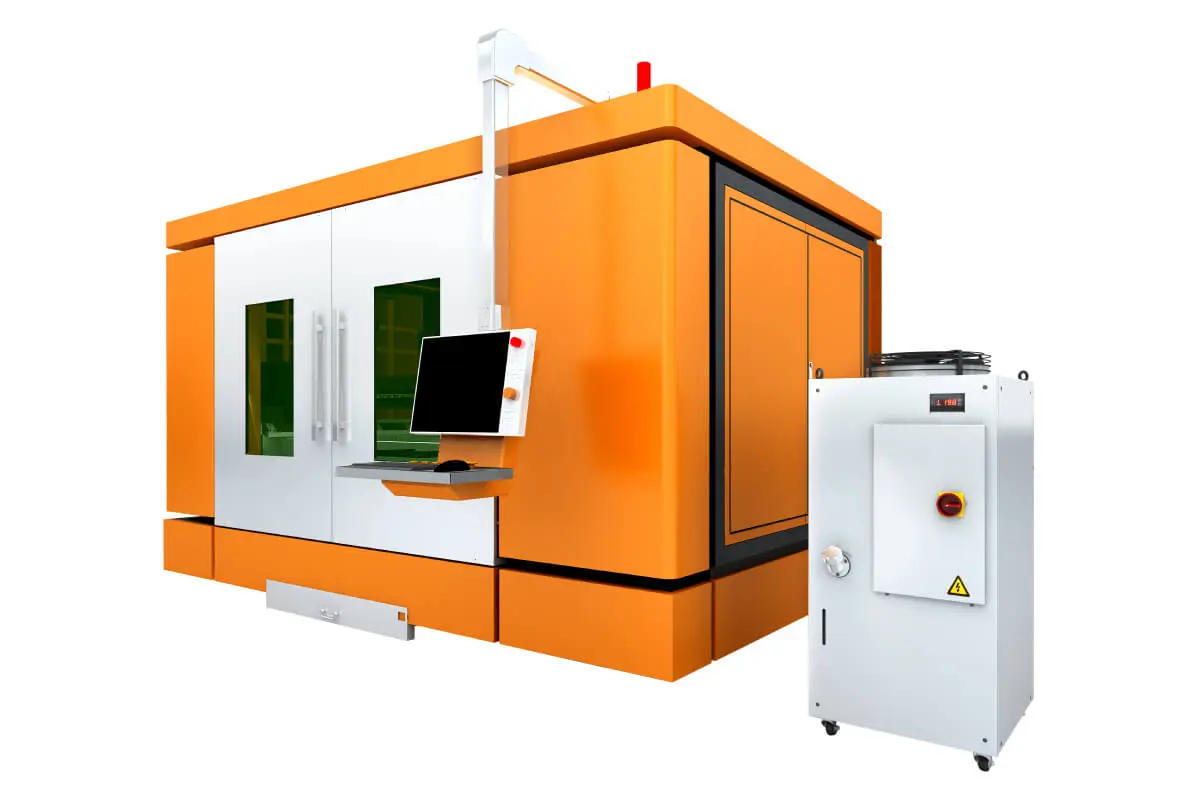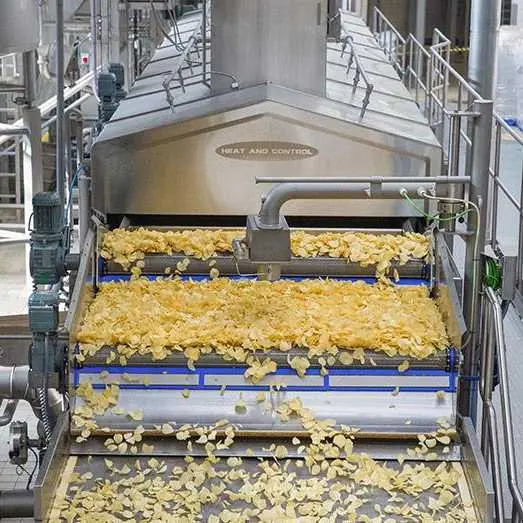In today’s fast-paced industrial landscape, efficiency and precision are paramount. Among the myriad of engineering innovations that have emerged to meet these demands, the rotary device stands out as a quintessential solution. This versatile piece of machinery has applications spanning multiple sectors, including manufacturing, automotive, telecommunications, and even robotics. To fully appreciate its significance, it is essential to delve into the mechanics, types, and applications of rotary devices.
A rotary device, at its core, is an apparatus that enables circular motion or rotation about an axis. This motion can be utilized in various ways, from powering machinery to enhancing the performance of everyday appliances. The basic design of a rotary device typically involves a rotatable shaft connected to a power source, which drives the rotation. Depending on the application, rotary devices can be powered by electric, hydraulic, or pneumatic systems, offering flexibility and adaptability to meet varying operational requirements.
One of the most prevalent types of rotary devices is the electric motor. Found in countless applications—from household appliances like blenders and fans to industrial machinery like conveyor belts and CNC machines—electric motors convert electrical energy into rotational mechanical energy. This conversion is achieved through electromagnetic principles, which make electric motors not only highly efficient but also easy to control. With advancements in technology, including variable frequency drives (VFDs) and smart motor systems, electric motors can now be precisely regulated for optimal performance, energy efficiency, and longevity.
Another notable rotary device is the gearbox, which is essential in modifying rotational speed, torque, and direction. Gearboxes are comprised of interlocking gears and are commonly used in automotive applications. For instance, the transmission system of vehicles relies on gearboxes to transfer power from the engine to the wheels effectively, allowing for smooth acceleration and deceleration. Different gearbox designs, such as planetary, helical, and worm gear systems, serve unique purposes, offering benefits like compact size, high torque multiplication, and reduced noise levels.
In the world of robotics, rotary devices play a crucial role in enabling movement and automation. Servo motors, a specialized type of rotary device, provide precise control of angular position, velocity, and acceleration. They are integral in applications such as robotic arms and automated assembly lines, where accurate movements are necessary for proper functioning. The combination of rotary devices with advanced control systems like PID (Proportional, Integral, Derivative) controllers allows for nuanced and responsive behavior in robotic applications, which has drastically enhanced productivity and efficiency in various industries.

Exploring the Mechanics and Applications of a Rotary Device: Revolutionizing Industries Through Innovative Engineering Solutions

Exploring the Mechanics and Applications of a Rotary Device: Revolutionizing Industries Through Innovative Engineering Solutions
In addition to industrial applications, the versatility of rotary devices extends to other areas such as renewable energy. Wind turbines are a notable example where rotary motion is harnessed to produce electricity. The rotor blades capture wind energy, causing the central shaft to rotate. This rotation is then converted into electrical energy through an alternator, contributing to sustainable energy solutions. As demand for renewable energy sources grows, advancements in rotary technology continue to play a pivotal role in enhancing the efficiency and reliability of wind energy systems.
Another innovative application of rotary devices can be found in the aerospace industry. Here, various rotary systems, such as gyroscopic instruments, are essential for navigation and stabilization. A gyroscope’s ability to maintain orientation and angular velocity is critical in aircraft and spacecraft, providing invaluable data for sensors and control systems that ensure stability and precision during flight.
Despite their many advantages, the use of rotary devices is not without challenges. The potential for wear and tear, especially in high-load and high-speed applications, necessitates regular maintenance and monitoring. Advances in materials science, such as the development of composite materials and advanced lubricants, have helped mitigate these issues, thus enhancing the durability and efficiency of rotary devices.

Exploring the Mechanics and Applications of a Rotary Device: Revolutionizing Industries Through Innovative Engineering Solutions
In conclusion, rotary devices are a cornerstone of modern engineering, finding applications across diverse sectors. Their ability to convert and control motion has revolutionized how industries operate, improving efficiency and driving innovation. As we continue to explore and expand upon the capabilities of rotary technology, the future promises even more exciting advancements that will shape the way we interact with machinery and automation. The continued evolution of rotary devices holds the potential to unlock new possibilities and efficiencies, ultimately leading to a more productive and sustainable industrial landscape. 20mm Thick Steel Plate


